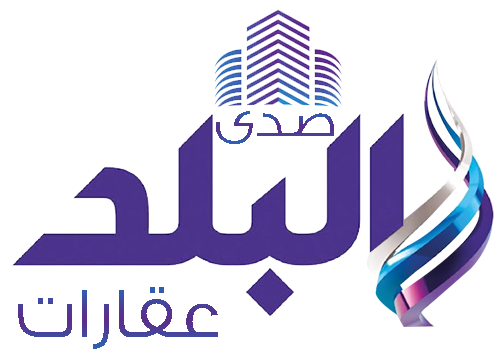The Egyptian archaeological mission working at Wadi al-Nasb in South Sinai has uncovered a copper smelting workshop, along with administrative buildings and watchpoints, as part of the ongoing excavations at the site.
This discovery highlights the Ministry of Tourism and Antiquities’ commitment to advancing archaeological research in Sinai and showcasing Egypt’s pioneering role in managing and exploiting its mineral wealth—an effort that also opens new horizons for cultural tourism in regions still rich with untold history.
Shereef Fathi, Minister of Tourism and Antiquities, emphasized that the find reflects the strategic importance of Sinai in ancient Egypt as a primary source of copper and turquoise, reaffirming Egypt’s deep-rooted presence in the region. He stressed the ministry’s continuous support, through the Supreme Council of Antiquities, for archaeological missions that provide valuable scientific and cultural insights while linking ancient Egyptian achievements to modern concepts of sustainable development.
Dr. Mohamed Ismail Khaled, Secretary-General of the Supreme Council of Antiquities, explained that the excavations revealed architectural and industrial evidence showing that Egyptian mining activities in Wadi al-Nasb continued from the Old Kingdom through the Late Period, flourishing particularly during the New Kingdom. The discovery of smelting workshops, copper ingots of various shapes and sizes, and clay tuyères used in furnaces provides clear evidence of an advanced industrial system for copper production before it was transported to the Nile Valley for use in craft, military, and administrative purposes.
Mohamed Abdel-Badie, Head of the Central Department for Egyptian, Greek, and Roman Antiquities, noted that two significant buildings were uncovered: one rectangular sandstone structure at the western entrance of Wadi al-Nasb, and another east of the junction of Wadi al-Nasb and Wadi Sur. Initially used as watchpoints, these buildings were later converted during the New Kingdom into copper smelting workshops, containing furnaces, copper slag, ingots weighing over one kilogram, and tuyère fragments of various sizes.
Dr. Hesham Hussein, Head of the Central Administration for Lower Egypt Antiquities and director of the mission, added that cleaning and documentation revealed a third structure atop the southern ridge of Wadi Sur, likely a control and monitoring post for Egyptian mining expeditions, possibly predating the New Kingdom.
The mission also uncovered part of a large central workshop equipped with multiple furnaces, ore preparation tools, ceramic crucibles, amphorae, Egyptian pottery vessels, large quantities of locally sourced charcoal, and purified clay used for tuyère production.
Excavations continue at Wadi al-Nasb, aiming to uncover further details that shed light on Sinai’s strategic role throughout ancient Egyptian history and affirm its significance as one of the most important mining centers in Egypt’s past.












